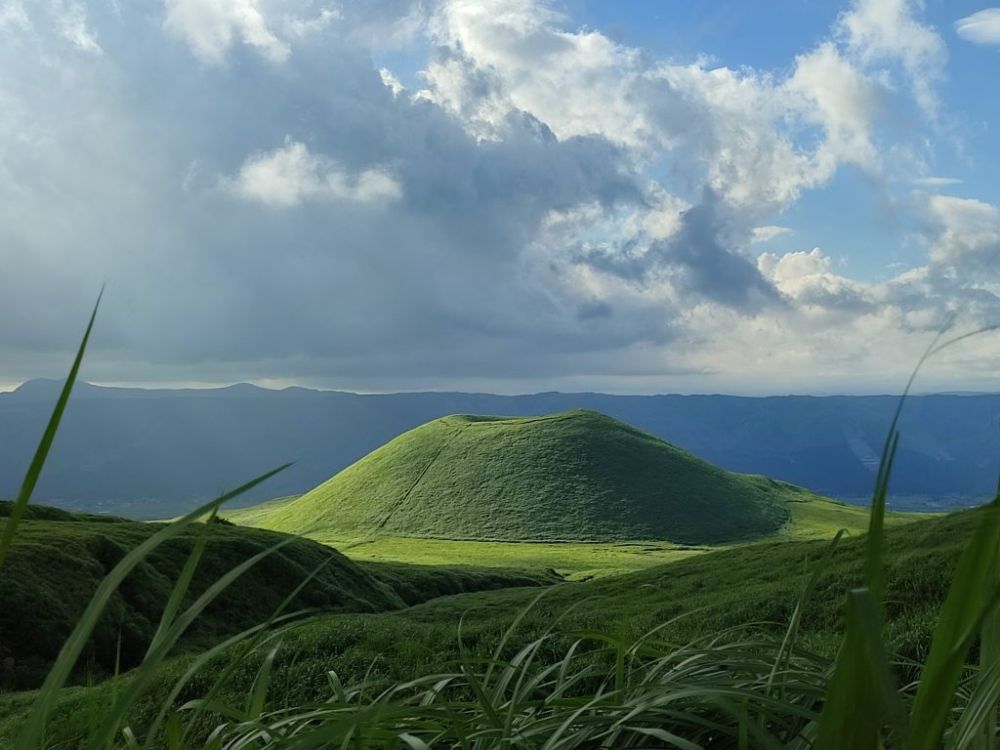

Mount Aso, located in the heart of Kyushu Island, Japan, is an active volcano with a rich history and significant cultural importance. It has been a popular tourist destination for both Japanese and international visitors seeking to experience its unique natural environment, hot springs, and scenic beauty.
While Mount Aso has been known and revered by locals for centuries, it began to gain popularity as a tourist destination during the Meiji period (1868-1912). The development of railways and improved road networks during this era provided easier access for travelers. Historical records show that sightseeing excursions to Mount Aso were organized, making it an early example of organized tourism in Japan.
Following World War II, Japan underwent rapid economic development. With increased prosperity, domestic tourism experienced a surge in the 1950s and 1960s. Mount Aso became a well-known destination for its therapeutic hot springs (onsen) and hiking opportunities. The region's tourism infrastructure developed quickly, with the opening of hotels, ryokans (traditional inns), and resorts to cater to the growing number of visitors.
In recent years, tourism at Mount Aso has been influenced by several factors, including natural disasters and technological advancements. The area was significantly affected by the 2016 Kumamoto earthquakes, which temporarily reduced tourist numbers due to safety concerns and damage to facilities. However, recovery efforts have been made to restore and improve the tourism infrastructure.
Digital advancements and global connectivity have transformed tourism marketing and engagement strategies. The use of social media and online travel platforms has allowed potential visitors to discover the allure of Mount Aso, while virtual reality experiences have begun to provide new ways for people to connect with this volcanic landscape.
With growing environmental consciousness, eco-tourism has become a notable trend in the Mount Aso region. Efforts to preserve the natural landscape and promote sustainable tourism practices have been implemented. This includes encouraging responsible hiking, supporting local agriculture, and educating tourists about the ecological significance of the Aso-Kuju National Park.
Beyond its natural wonders, Mount Aso and its surrounding towns are celebrated for their rich cultural heritage. Festivals, such as the Aso Fire Festival (Aso no Himatsuri), draw visitors interested in authentic cultural experiences. This has led to a balanced form of tourism that honors both the environment and the local traditions.
Mount Aso's tourism history is a testament to Japan's ability to balance modernity with tradition and shows the resilience of a community in the face of natural challenges. Its ongoing appeal is a combination of its majestic landscapes, cultural offerings, and the innovative spirit of its tourism industry.